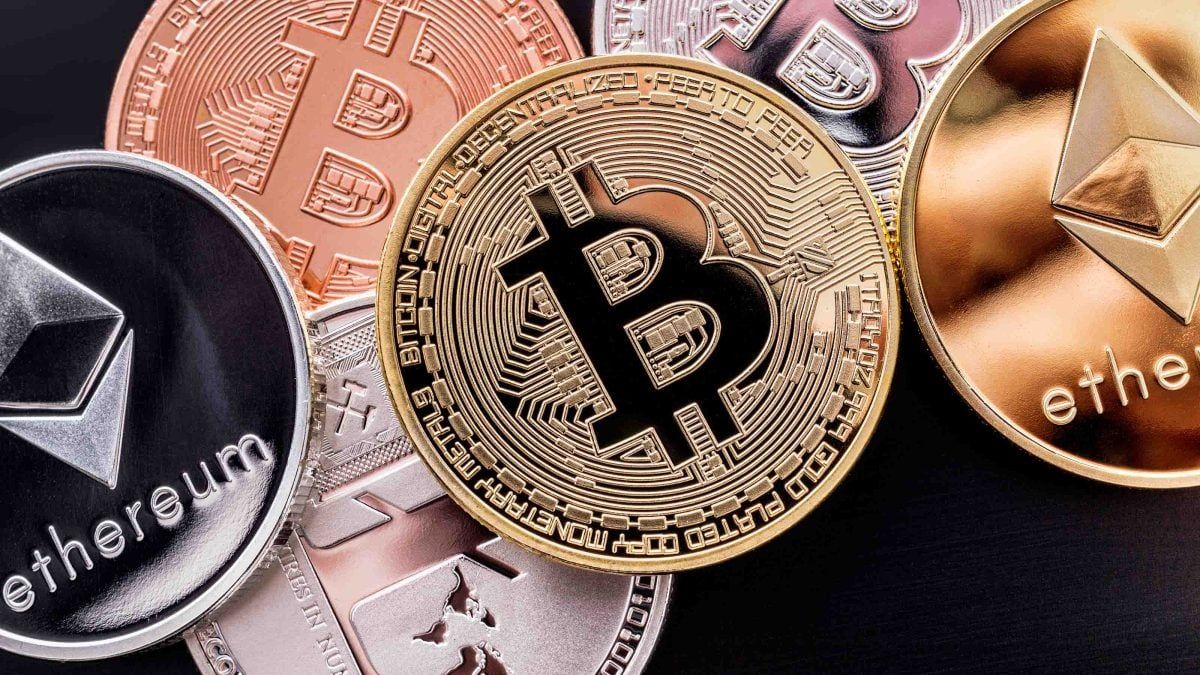Astar 2.0: Leading the Way in Blockchain Expansion and Revolutionizing DeFi Development
- Astar 2.0 introduces Astar Link, a hybrid chain architecture enabling EVM and Substrate interoperability to boost DeFi scalability. - Partnerships with Soneium and Chainlink CCIP achieve 150,000+ TPS, while cross-chain liquidity bridges Polkadot , Ethereum , and Superchain ecosystems. - Enterprise collaborations with Sony , Toyota , and AI-driven RWA integrations expand DeFi into automotive and entertainment sectors. - Staking 2.0 and revised tokenomics optimize developer incentives and user participatio
Scalability has consistently been a major challenge preventing widespread blockchain adoption, but
Astar 2.0: Transforming Scalability
Astar 2.0 unveils Astar Link, a hybrid chain solution that connects various blockchain layers, allowing effortless interaction between
In addition, Astar has teamed up with Soneium, an Ethereum Layer 2 platform built on the Optimism framework. This partnership has already boosted Astar’s transaction throughput to 150,000 transactions per second (TPS), with ambitions to surpass 300,000 TPS through upcoming Polkadot JAM protocol and PolkaVM enhancements, as detailed in

Strategic Alliances and DeFi Integration
Astar’s improvements in scalability are further strengthened by its network of partners. The deployment of Aave and Uniswap on Soneium has brought lending and liquidity features that utilize
Another cornerstone of Astar’s approach is enterprise integration. Supported by Sony and Startale, the platform is targeting sectors like entertainment and automotive through real-world asset (RWA) collaborations with companies such as Toyota and Mitsubishi, as mentioned in
Tokenomics and Long-Term Expansion
The updated tokenomics of Astar 2.0 are crafted to balance incentives for developers, users, and businesses. Changes to inflation, transaction fees, and staking rewards are intended to foster a robust, self-sustaining ecosystem, as described in
Overcoming Market Obstacles
Even with Astar’s advancements, the DeFi sector as a whole is facing difficulties. The total value locked (TVL) dropped by almost $12 billion in early November 2025, reaching $683.42 billion, according to
Summary
Astar 2.0 marks a significant leap in blockchain scalability, blending technical breakthroughs with strategic collaborations to tackle DeFi’s toughest issues. By building a flexible and interoperable foundation, Astar is not only preparing its network for the future but also equipping developers to create solutions that go beyond conventional blockchain boundaries. For investors, the main message is that Astar’s ecosystem is exceptionally well-placed to succeed in a post-volatility landscape, where sustainable development and enterprise integration will be key to lasting success.
Disclaimer: The content of this article solely reflects the author's opinion and does not represent the platform in any capacity. This article is not intended to serve as a reference for making investment decisions.
You may also like
Solana Latest Update: DEX Trading Activity Drops Sharply Amid CEX Feature Integration and Evolving Regulatory Landscape
- DEX on-chain volume dropped 21.6% to $952.29B weekly, pressured by CEX competition and U.S. regulatory shifts. - OKX launched in-wallet DEX trading (supporting Solana , Base) to unify centralized/decentralized trading, mirroring Coinbase/Binance strategies. - Solana DEX volume exceeded $5B daily while XRP/Solana ETFs gained traction, reflecting institutional crypto adoption amid regulatory easing. - BNB fell below $960 amid bearish patterns as DeFi expansion and tokenized products like yield-bearing XRP

Ethereum Moves 3x Faster Than Bitcoin, Study Says

Is Aster (ASTER) Poised for a Breakout? Key Bullish Pattern Formation Suggests So!

Newly Released Documents Detail Epstein’s Influence on Bitcoin’s Early Development
